Project Package includes:
- Full Source Code of the Project.
- Free Installatiion Support Remote ( Anydesk, Zoom, Gmeet)
- Phonepay & Paytm Payment Gateway only for Indian.
- WhatsApp Us – +916263056779
The project or Report are Downloadable immediately after payment is made successful.
Plant Disease Prediction using CNN Flask Web App
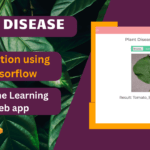
Plant Disease Prediction using CNN Flask Web App
₹1,500.00Write a review
You must be logged in to post a review.
The plant disease prediction Flask project is a web application that utilizes machine learning algorithms to predict whether a plant is healthy or diseased based on an image of the plant. The project involves building a machine learning model that can classify plant images as healthy or diseased and integrating this model into a Flask web application.
The project generally consists of the following steps:
- Data collection: Collect images of healthy plants and plants with different types of diseases.
- Data preprocessing: Clean and prepare the image data for use in the machine learning model.
- Model training: Train a machine learning model using the preprocessed image data.
- Model evaluation: Evaluate the performance of the machine learning model to ensure it can accurately classify plant images.
- Flask app development: Develop a Flask web application that allows users to upload images of plants and get a prediction of whether the plant is healthy or diseased.
- Deployment: Deploy the web application to a server so that it can be accessed by users.
Overall, the plant disease prediction Flask project is an innovative solution to the problem of identifying plant diseases and can be a valuable tool for farmers and researchers.
Overview of the CNN algorithm:
Convolutional Neural Networks (CNNs) are a type of deep learning algorithm that are well-suited for image classification tasks. The key idea behind CNNs is to learn a set of filters that can be used to extract meaningful features from the input image. These filters are learned automatically during the training process.
Here are the main steps involved in a CNN algorithm:
- Convolution: The input image is convolved with a set of learnable filters. The filters are applied to small patches of the image and slide across the entire image to produce a set of feature maps.
- ReLU Activation: The feature maps are passed through a Rectified Linear Unit (ReLU) activation function, which applies a non-linear transformation to the output of each convolutional layer.
- Pooling: The feature maps are downsampled using a pooling operation, which reduces the spatial dimensionality of the feature maps while retaining the most important features.
- Fully Connected Layers: The output of the convolutional and pooling layers is flattened and passed through one or more fully connected layers, which compute the final classification scores.
- Softmax Activation: The final layer uses a softmax activation function to produce a probability distribution over the possible classes.
- Training: During training, the CNN is fed a set of labeled images and adjusts the weights of its filters to minimize the difference between the predicted output and the actual output.
- Evaluation: After training, the CNN is evaluated on a separate set of images to measure its performance. This involves computing metrics such as accuracy, precision, recall, and F1 score.
Overall, CNNs have achieved state-of-the-art performance on a wide range of image classification tasks, including plant disease prediction.


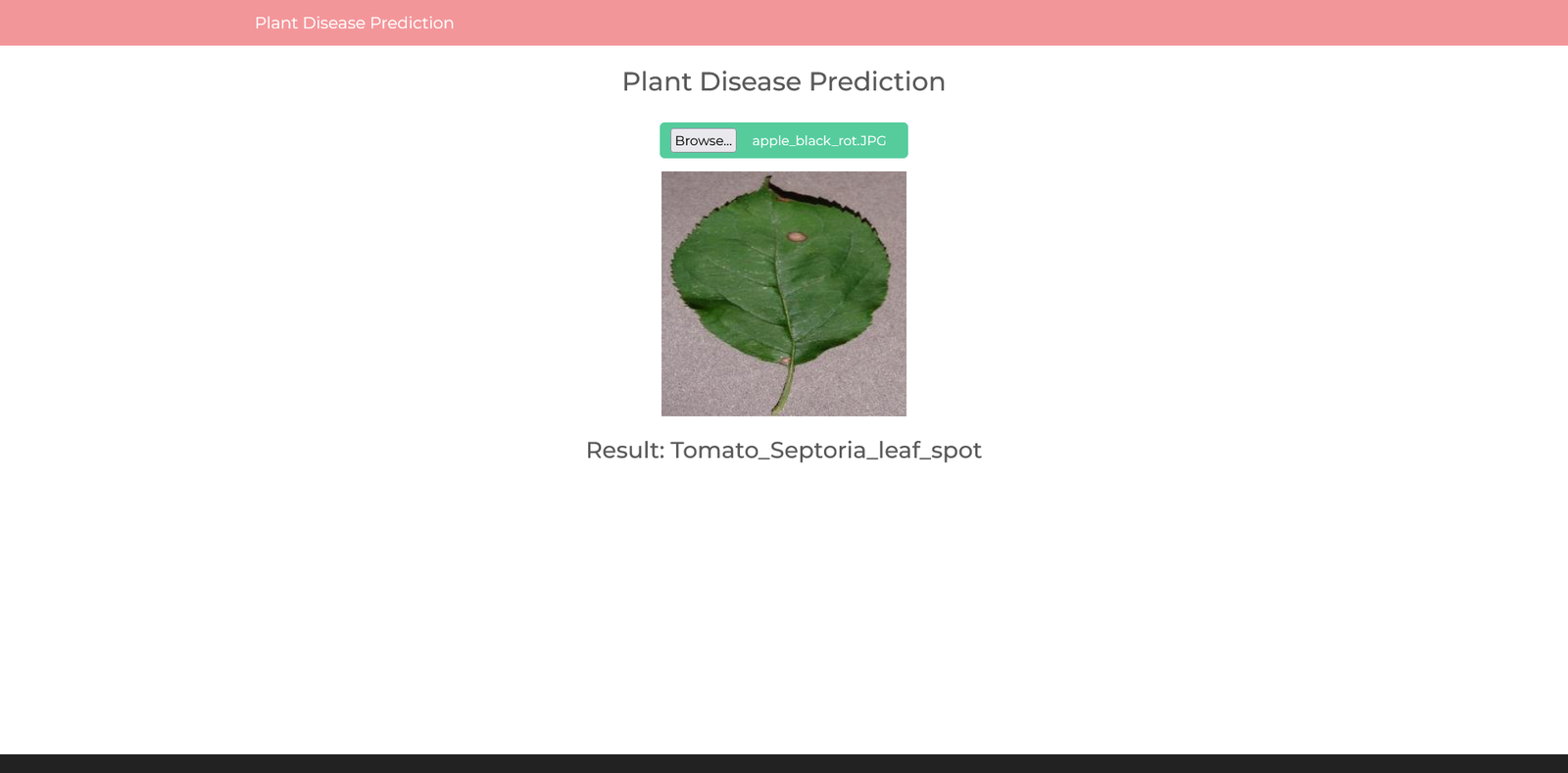

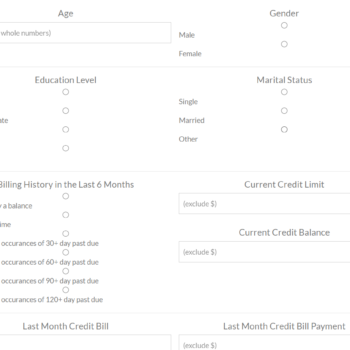
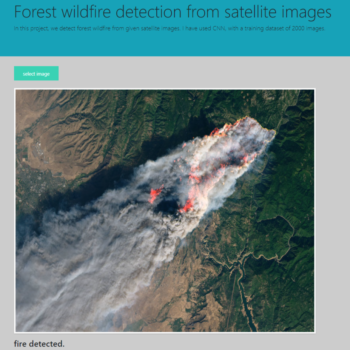
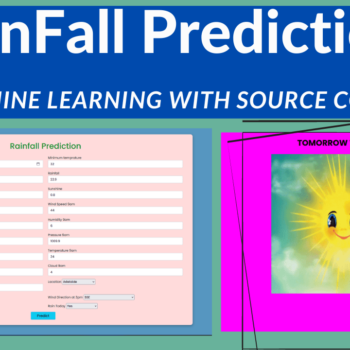

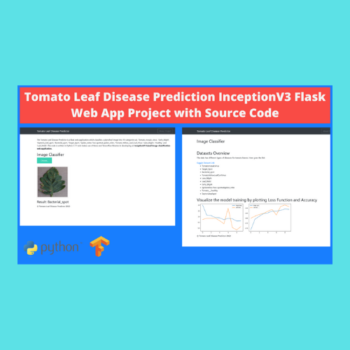


There are no reviews yet.